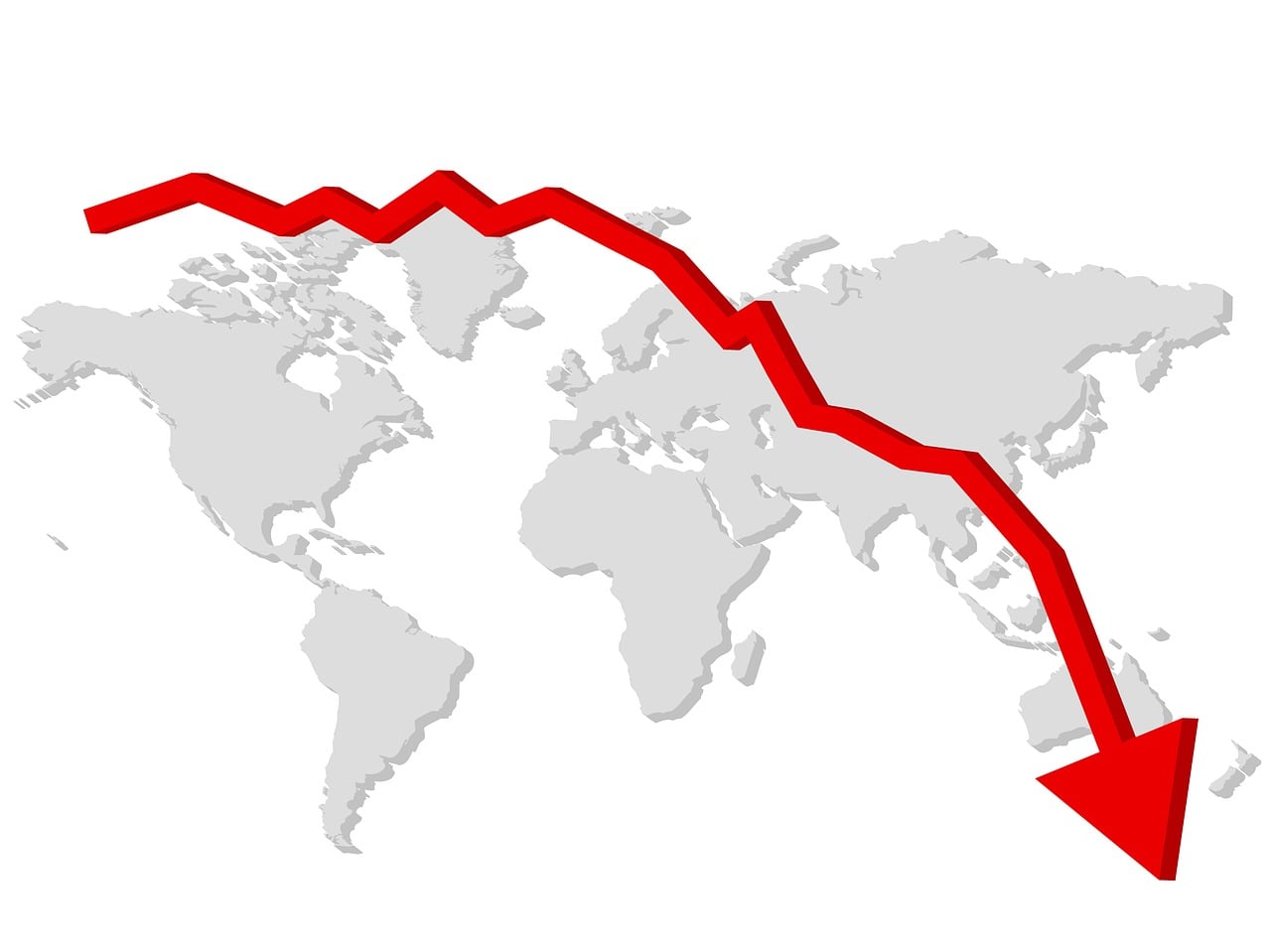Excessive spring rain, trade disputes and African swine fever have disrupted agricultural markets in 2019. Despite reduced 2019 United States corn and soybean production prospects, prices for many commodities are under downward pressure because of the many factors that have weakened demand.
Economists with the Food and Agricultural Policy Research Institute (FAPRI) and the MU Agricultural Markets and Policy (AMAP) team release the annual U.S. Baseline Outlook report each spring, and provide an update to that report each fall.
Q2 hedge fund letters, conference, scoops etc
This year’s update was prepared the week of Aug. 19. Policies in place at that time, including China’s 25 percent retaliatory tariff on U.S. soybeans and other farm products, are assumed to remain in place. The update uses 2019 acreage, yield and production estimates included in United States Department of Agriculture’s (USDA) August 2019 Crop Production report. The economy is assumed to evolve as forecast by IHS Markit in July 2019, with slower economic growth in 2019 and 2020, but no recession, said FAPRI Director Pat Westhoff.
ASF impact on China
“Markets will continue to evolve as we get more information about the size of the 2019 crop, the state of trade disputes and the general economy,” Westhoff said.
African swine fever (ASF) has reduced inventories in China, which implies less demand in China for soybean meal and corn as livestock feed. The result is an increase in China’s imports of pork, but a reduction in China’s imports of soybeans to make soybean meal.
“The estimates of ASF impacts are based on information available in mid-August, recognizing that there remains great uncertainty about the likely market impacts,” Westhoff said.
U.S. soybean exports are also expected to be affected by China’s tariffs. In spite of a 19 percent year-over-year reduction in U.S. soybean production, the $8.43 per bushel U.S. soybean price projected for the 2019-20 marketing year is slightly below the estimated 2018-19 price. As with soybeans, projected U.S. corn prices do not increase in 2019-20, even though estimated production is down by half a billion bushels from the previous year. Weak export sales and stagnant ethanol use are contributing factors, Westhoff said.
“Assuming a return to more normal weather conditions in 2020, projected corn and soybean production should rebound,” he said. “As a result, projected 2020-21 marketing year average prices for corn fall to $3.39 per bushel and soybean prices fall to $7.94 per bushel.”
African swine fever not the only issue
Wheat prices will average about $5 per bushel over the next five years, given large global supplies, as well as demand-side competition with corn. Cotton prices fall in 2019-20 in response to a 24 percent increase in U.S. production. U.S. beef production increases in 2019 and 2020, putting downward pressure on cattle prices, before the cycle turns in later years.
Westhoff said the U.S Baseline Outlook gives policymakers, farmers, agribusinesses and the public an overview of the state of the U.S. farm economy. The market projections it contains can be useful to farmers making production choices, to policymakers trying to decide how to respond to agriculture issues, to lenders who must decide whether to make loans and to agribusinesses making investment decisions.
“The information is meant to serve a variety of purposes,” Westhoff said. “It’s a broad-brush, big-picture look at agriculture. Our goal is to give a general assessment of what the next several seasons may hold, viewed from where we sit today.”
The U.S. Baseline Outlook update is available on FAPRI’s website.





